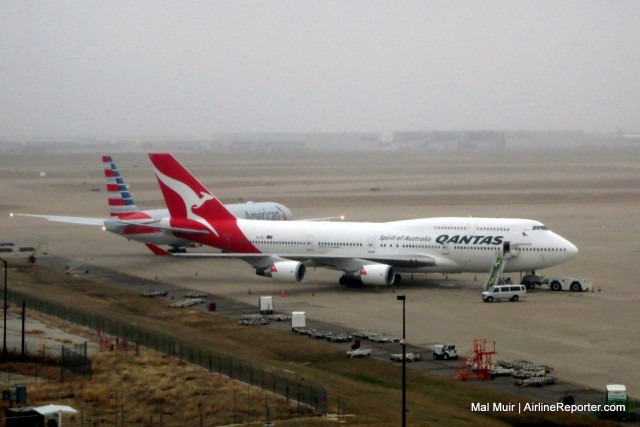
A Qantas 747-400ER and an American 777 on the ground at Dallas-Fort Worth… Soon a sight for Australian airports?
Traveling down under to Australia is one of the most heavily-restricted air travel markets. However, yesterday Qantas and American Airlines make some changes to their services over the Pacific to increase opportunities. As of the middle of December 2015, both American (AA) and Qantas (QF) are going re-add services that were previously cut.
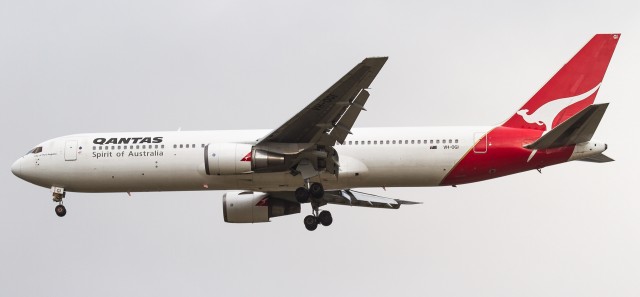
Qantas’ Boeing 767-338ER, a common sight in Australian skies over the past 30 years – Photo: Jacob Pfleger | AirlineReporter
The 27th of December marked the end of an era in Australian aviation. Qantas retired the Boeing 767 fleet from passenger service.
Let’s take a brief look at the history of this true workhorse and Australian icon that has been part of the Qantas fleet for almost 30 years. Qantas took delivery of its first 767, a -200 series extended range aircraft, in 1985. The type was first introduced on the carrier’s services to southeast Asia as well as on trans-Tasman and Pacific routes.
In 1987, the carrier placed an order for the larger -300ER series. The -300ER not only had a larger capacity but also an increased range and more powerful General Electric CF6-80 engines. The 767-300ER was delivered to Qantas in a two-class configuration. There were two variants of this configuration, one for international service which had 25 business class and 204 economy class seats, and the domestic configuration, which had 30 business class seats and 224 economy class seats.
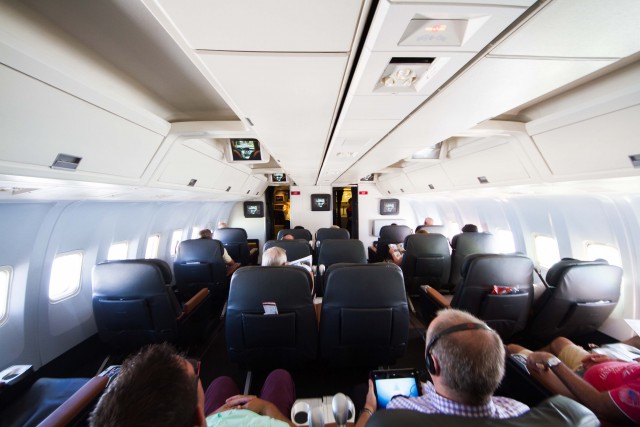
A unique configuration, 1-2-2 on the international version of the Qantas Boeing 767-338ER – Photo: Jacob Pfleger | AirlineReporter
The internationally-configured 767s were unique in that business class was configured in a 1-2-2 layout, and the 767s were the first Australian aircraft to offer in-seat IFE in business class. The economy cabin was also unique in that there was a “pod” at the front of the cabin for crew rest, as well as two rows of seats at the rear portioned off for additional crew rest.
Following the deregulation of the Australian domestic market in 1990, Qantas was permitted to once again operate domestic flight routes. With the introduction of the 767 into the fleet, and the domestic deregulation which allowed for increased passenger demand, Qantas used the 767 on domestic Australian flights. The domestic market is where the aircraft really became a true Australian icon. It was deployed on pretty much every major domestic route within the country; the most popular routes were the transcontinentals to Perth, as well as the main east coast triangle routes connecting Sydney, Melbourne, and Brisbane.
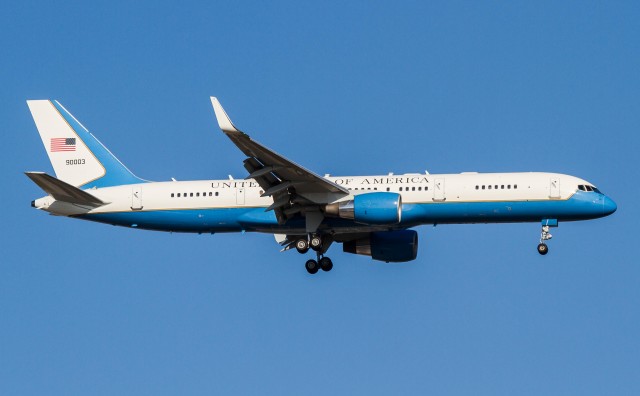
US Secretary of State John Kerry arrives at the G20 in Brisbane aboard a C-32
The annual G20 (group of twenty) Summit is the gathering of the world’s 20 most powerful and influential nations to discuss various political and economic issues facing the world. As with any gathering of major international powers, there was a vast array of interesting and unique aircraft on show.
This year’s summit was held in Brisbane, Australia, during the weekend from November 14th – 16th. As I was in Brisbane during this time, I was very fortunate to partake in some good old plane-spotting.
Over 40 aircraft part took in the G20 Summit; this ranged not only from the various head of state VIP aircraft but also the countless support aircraft. These aircraft carried everything from advance teams to motorcade vehicles, right through to food for the various world leaders and dignitaries attending the summit.
Additionally, the US delegation also brought with them a number of helicopters including “Marine One” and V-22 Ospreys to assist in the transfer of POTUS from the military base where he landed into the city.
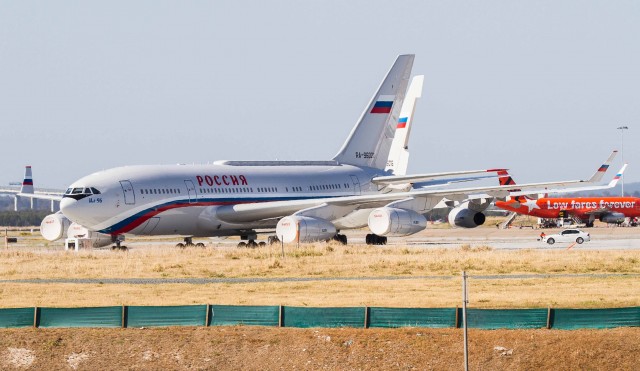
The dedicated media/spotters area for the event allowed for some great views of the three IL-96 aircraft from the Russian delegation
As with any major event of this nature security was very tight. There were over 6,000 additional police on duty for the weekend. Now, most would expect that the airport would be completely off-limits to spotters. But thanks to some outstanding work by the local plane-spotting community, in particular the work of YBBN Spotters Group together with Brisbane Airport Corporation (BAC), there was a dedicated area set up on airport property for registered spotters and media.
Unfortunately, due to the prevailing winds and runway configuration, the area was only really suitable for afternoon and evening movements. Even so, there was plenty of other locations off-airport to get some spectacular images.
Below is a selection of images that I have taken during the event showcasing the vast array of different and unique aircraft used for the event by the various visiting nations. Unfortunately, due to the timings of some arrivals, it was not possible for me to capture all of the visiting aircraft, but I feel I was able to capture quite a few special aircraft.




